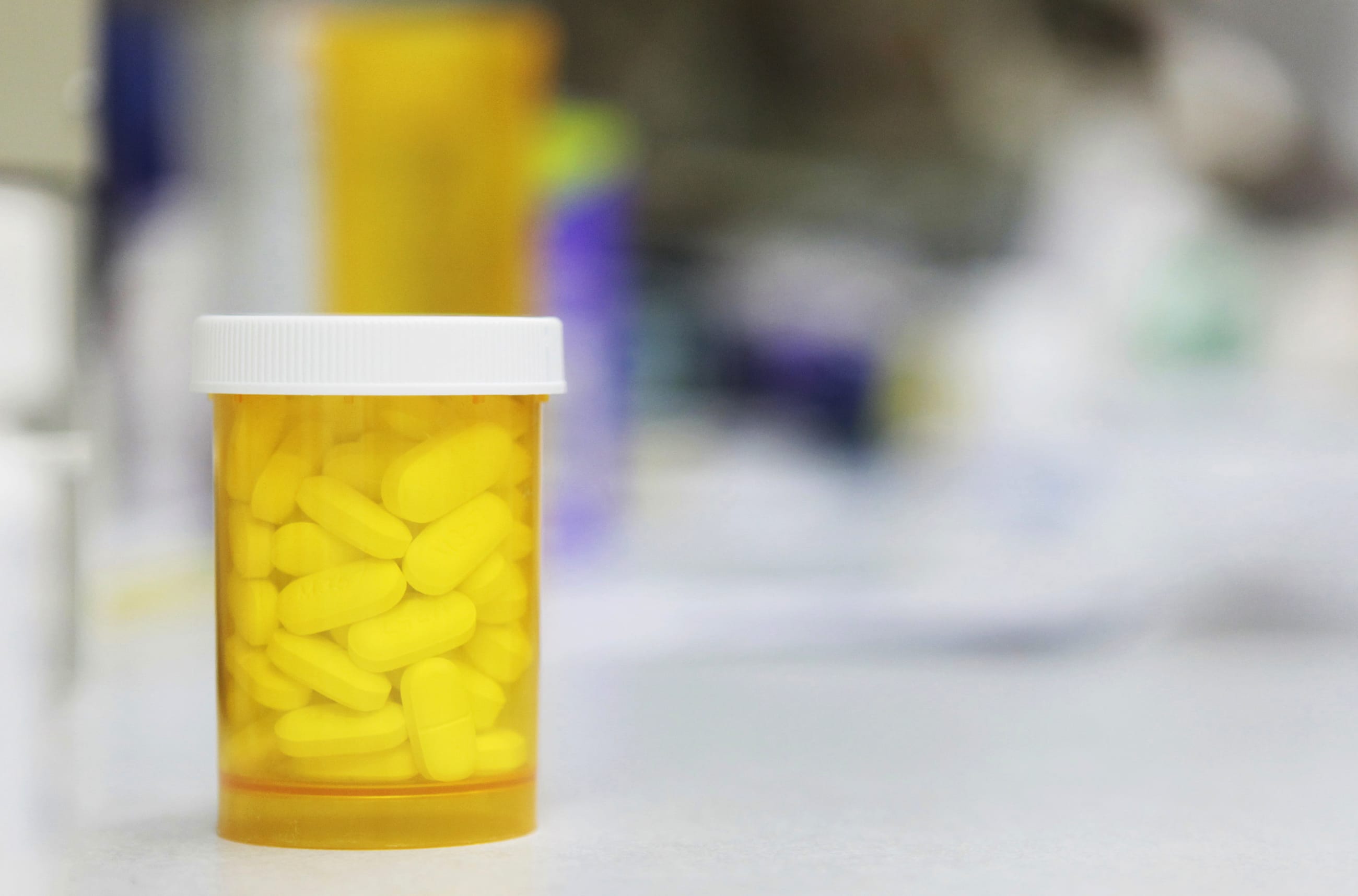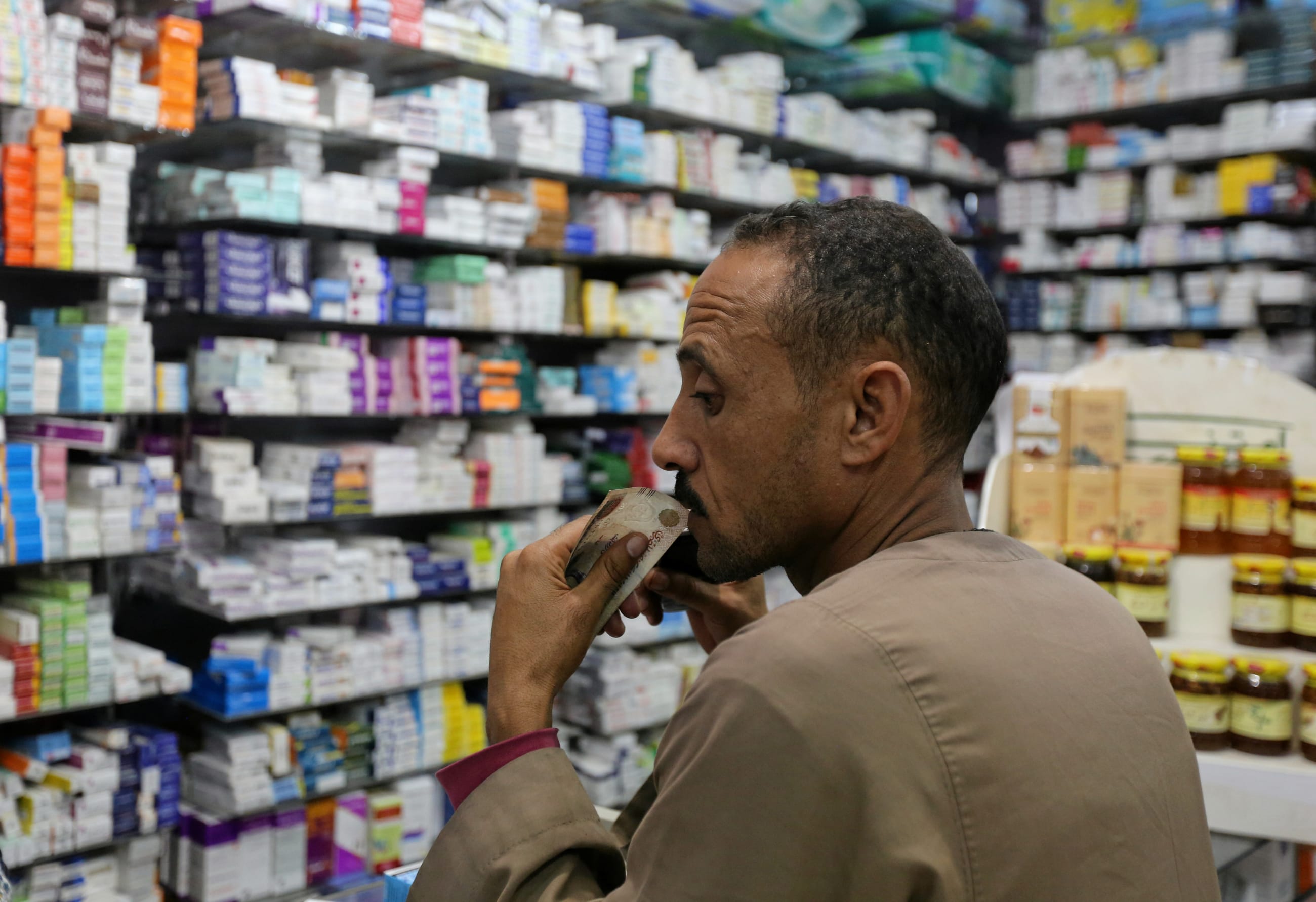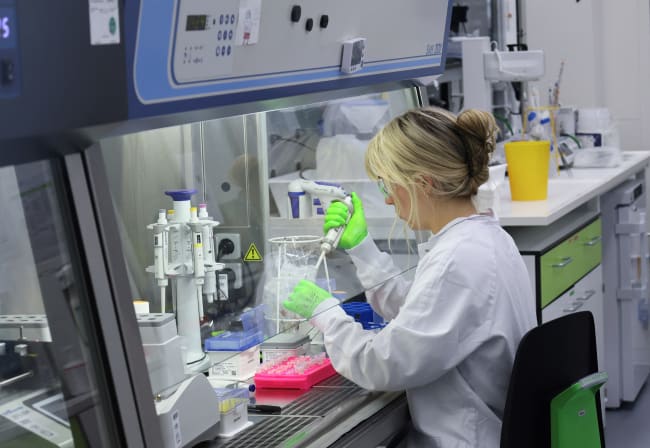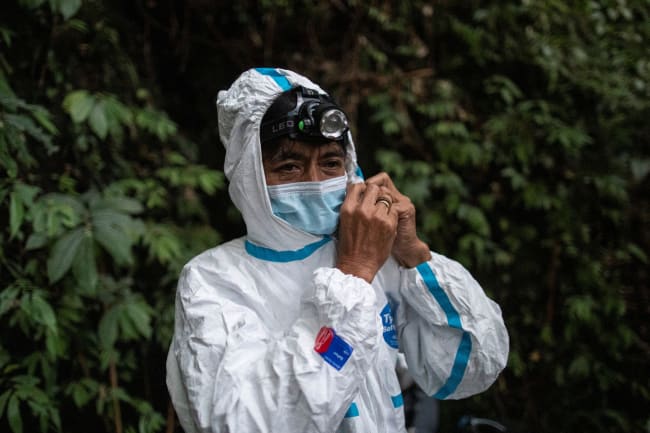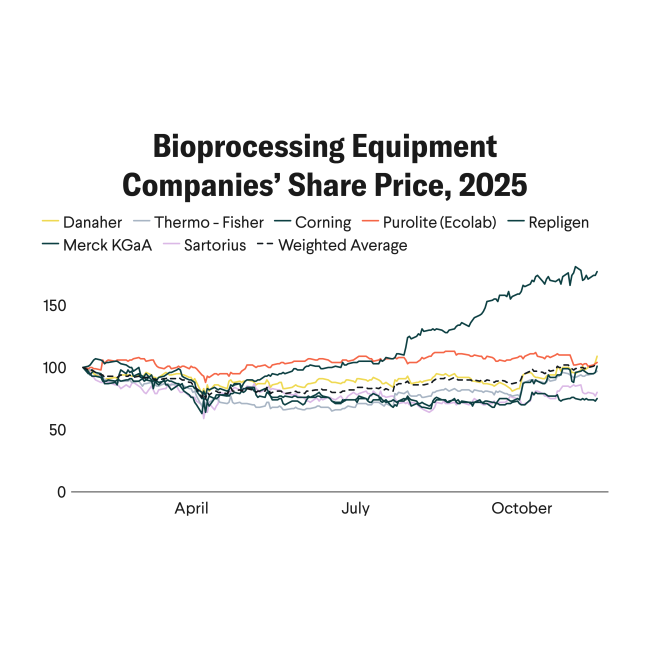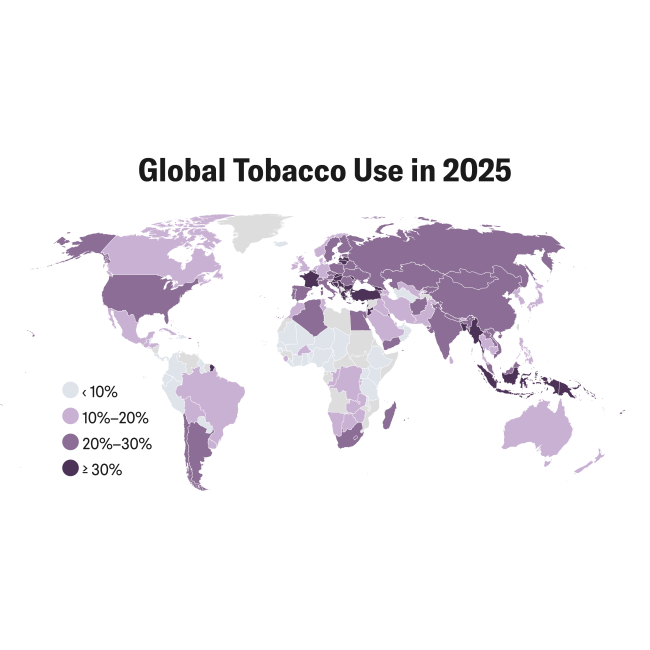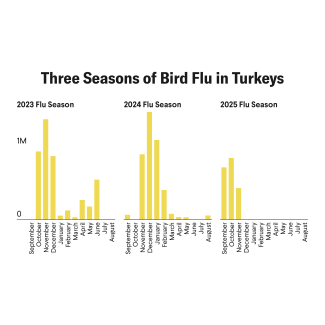This year is pivotal for global health governance. In May, the World Health Assembly formally adopted the Pandemic Treaty, a long-debated international agreement aiming to ensure more equitable responses in future pandemics. A few months later, in July, the U.S. National Institutes of Health (NIH) initiated a novel policy conditioning its patent licenses on access plans to make taxpayer-funded medical innovations broadly available.
Both initiatives reflect a growing recognition that public interest should accompany pharmaceutical research and development (R&D)—but how they will be implemented and whether they will benefit low- and middle-income countries (LMICs) remains to be seen. Without enforcement mechanisms, both policies are at risk of repeating and reinforcing inequities observed during the COVID-19 pandemic.
To turn these policies into binding and monitorable obligations that deliver medicines to those who need them most, pharmaceutical companies need to be held accountable through robust enforcement frameworks.
Structural Challenges
Both Article 9.5 of the Pandemic Treaty [PDF] and the NIH access policy confront a structural reality of modern global health governance: Global pharmaceutical production and innovation are highly concentrated in the hands of a few large companies, based primarily in North America and Europe. A handful of multinational companies dominate drug patents, R&D pipelines, and manufacturing, shaping the market to their advantage.
Both initiatives reflect a growing recognition that public interest should accompany pharmaceutical research and development
In 2024, just five companies—Abbvie, Johnson & Johnson, Merck, Pfizer, and Roche—each generated on the order of $50 billion in drug sales and invested billions annually in R&D. Such scale gives these actors outsized control. They hold sprawling patent portfolios and have the financial capital to bring new medicines to market, crowding out smaller firms and most developing countries. Even within specific therapeutic areas, one or two blockbuster products often capture the bulk of global sales, enabling their manufacturers to set prices well above production costs and to establish monopolies. In short, what looks like a competitive industry actually behaves as an oligopoly segmented by disease areas, fortified by intellectual property rights and massive financial barriers to entry.
Steps Forward
The Pandemic Agreement is a step toward a fairer system of pandemic prevention and response. It introduces conditionalities on publicly funded R&D (Article 9.5), as well as provisions on boosting local manufacturing (Article 10) and technology transfer (Article 11). The agreement seeks to codify many equity measures that activists have long advocated, incorporating justice and equity into global pharmaceutical governance. The triumph of adoption, however, comes with political compromises. Take, for example, Article 9.5. Because it has no multilateral enforcement mechanism, it depends largely on implementation at the national level. This will create a fragmented regime in which pharmaceutical companies could pick jurisdictions, which does not enforce conditionalities.
This structure is consistent with other provisions such as those found in World Trade Organization agreements. Take, for example, Article 7 of the TRIPS Agreement (the Agreement on Trade-Related Aspects of Intellectual Property Rights), which aims for technology transfer but falls short in establishing positive obligations. Economic interest is deeply entrenched in global health governance and is guarded by strong and robust international economic regimes. The implementation of equity provisions such as local production and technology transfer is heavily limited by trade and investment rules.
The United States, which is not a party to the Pandemic Agreement, has turned its contracts into levers of accountability. In July 2025, the National Institutes of Health (NIH) finalized a policy requiring that any company licensing an NIH-owned patent for a drug, vaccine, or other health technology submit an access plan detailing how it will ensure broad patient access. Once approved, the access plan becomes a binding part of the license agreement. This policy ensures that a product's access plan enhances affordability, availability, acceptability, and sustainability so that it can be used by underserved populations in both the United States and LMICs. In effect, the NIH is injecting an equity condition into the commercialization process for taxpayer-funded inventions without being a party to the Pandemic Agreement's Article 9.5.
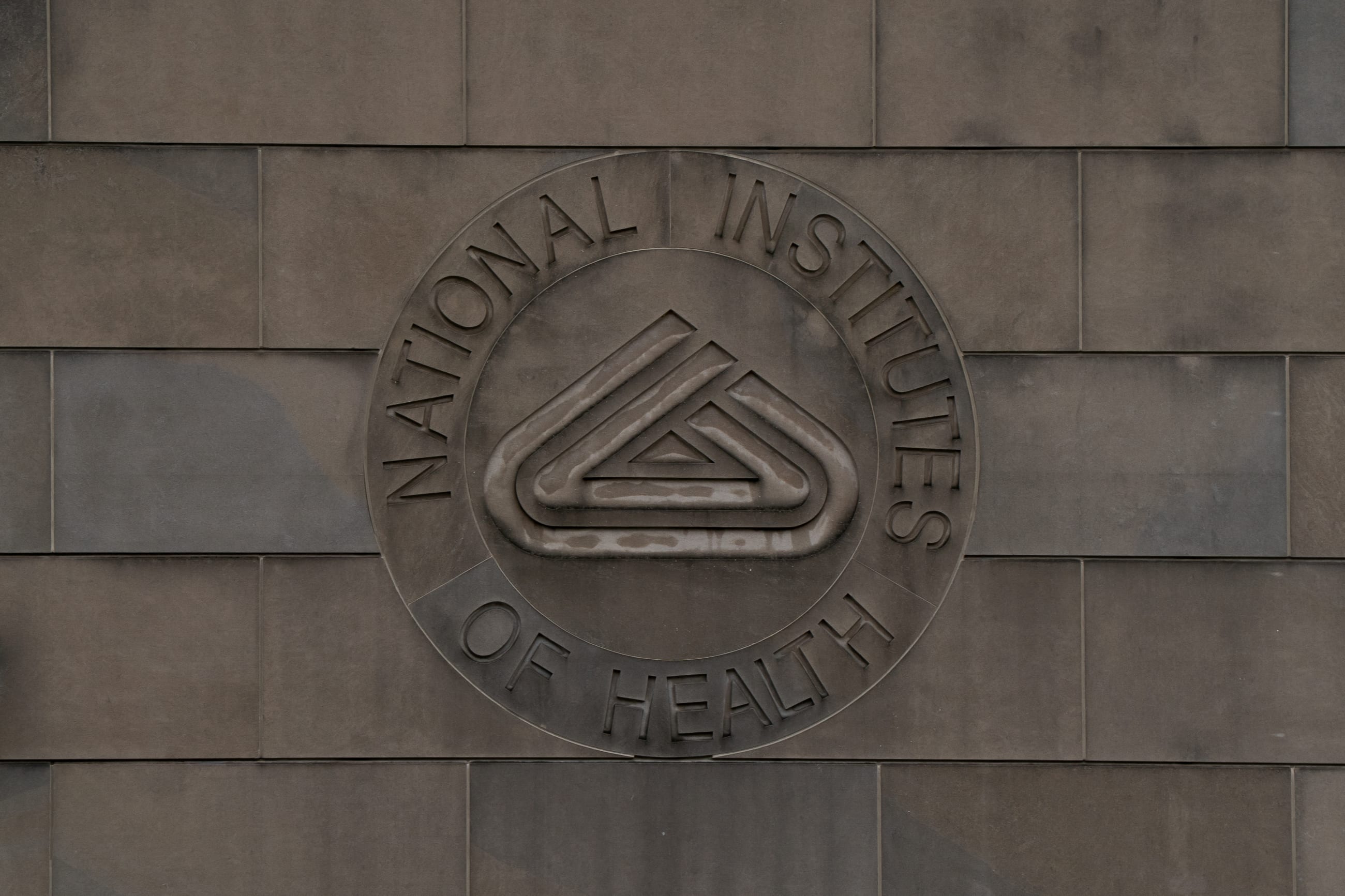
The NIH policy builds in enforcement mechanisms that go beyond moral suasion. If a licensee fails to comply with its access commitments, the NIH reserves the right to impose sanctions that range from amending the license or narrowing its exclusivity, up to terminating the license outright in severe cases. NIH's access plan does not explicitly require domestic production but aims to increase local production to meet domestic and global needs. Those conditions should give the policy some teeth to prevent companies from simply paying lip service. The threat of patent revocation should deter companies because they could lose market exclusivity. But the NIH and Food and Drug Administration have in the past been reluctant to enforce affordability conditions on industry [PDF].
Expanding Access
The Pandemic Treaty and the NIH access policy require companies to create strategies that promote access, but neither document mentions specific policy and conditions for public grants or procurement contracts that could be applicable to pharmaceutical companies. There are at least four concrete mechanisms to consider, including clauses for reasonable pricing and profit sharing, open licensing, and tailored procurement conditions for LMICs.
Reasonable Pricing and Profit Sharing
A reasonable pricing and profit-sharing clause contractually require that any product emerging from publicly funded research be sold at an affordable or fair price or that the profits are shared with the public sector. In theory, this addresses the "pay twice" problem by preventing companies from charging exorbitant prices after receiving public R&D support.
In 1989, the NIH adopted a pricing policy requiring reasonable relationship between a drug's prize and the public's R&D contribution. This means that a drug should not be prized exorbitantly exceeding its R&D cost. But enforcing reasonable pricing has proven politically and practically difficult. The NIH's experiment with pricing clauses ended in 1995 after concluding it drove companies away from partnerships. A core challenge is defining and enforcing what price is reasonable given that firms can claim high prices are justified by R&D costs. Moreover, a single-country price clause can be undermined by global market dynamics. Companies may refuse to sell in that market or limit supply if the mandated price undercuts their profits elsewhere.
This track record shows that good intentions were often stymied by political pressure and fears of deterring private investment. NIH and agencies in other countries could start enforcing reasonable pricing by requiring transparency and disclosure of pharmaceutical R&D costs. This information could serve as a basis to determine fair pricing. In fact, the European Union is already moving in this direction.
Open Licensing
Open licensing mandates require that intellectual property from publicly funded R&D be made available to other manufacturers via nonexclusive licenses or patent pools, rather than be locked in a single company's hands. The logic is to prevent monopoly control over medical innovations by ensuring that multiple producers can manufacture and supply the product. This approach's strength is that it unlocks generic competition.
When patents or data are shared broadly, more companies can produce the drug, driving prices down closer to manufacturing costs and expanding patient access. For instance, the Medicines Patent Pool has used voluntary licenses to allow generic firms to make HIV and hepatitis C drugs. As a result, an annual HIV treatment now costs less than $70 in Africa, versus roughly $10,000 in wealthy countries. Governments can also practice compulsory licensing—authorizing a generic manufacturer to produce a patented drug without the patent holder's consent—as a more forceful open licensing tool. Thailand, for example, issued government-use licenses in 2007 to import generic HIV medications, a move that pushed the patent-holding firms to sharply cut prices.
Similar to reasonable pricing and profit-sharing clauses, open licensing conditionality could face pushback and hurdles. Pharmaceutical companies argue that exclusive patents are essential to recouping R&D investments. Another challenge is that one country acting alone on open licensing has limited impact. For example, companies could forum shop by relocating R&D to more patent-friendly environments such as Singapore. Moreover, any open intellectual property policy should be coupled with measures to sustain innovation. If companies cannot rely on high markups, public agencies could share the R&D risk through increased funding or rewards for developers.
Tailored Procurement
Finally, governments—especially in LMICs—can leverage public procurement to enforce equitable-access conditions. In LMIC contexts, where domestic R&D could be limited, procurement can help secure favorable terms for access.
One strategy is pooled procurement: Countries band together to bulk-buy drugs at lower prices. The Pan American Health Organization's Revolving Fund is a striking example. By negotiating vaccine purchases on behalf of 41 countries, the fund achieves prices about 75% lower than if each country bought alone.
This collective approach increases bargaining power and ensures that even small or poorer countries get the same low unit price as larger buyers, demonstrably improving vaccine affordability and coverage in the Americas. The efficacy of this tool, however, depends on market leverage and governance.
